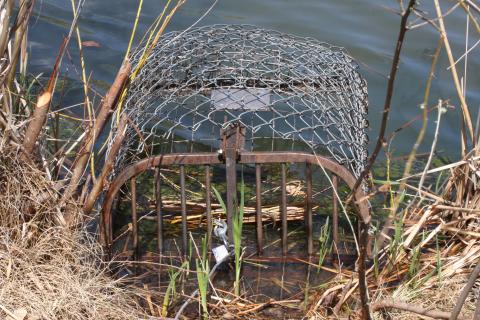Nuisance Beaver
Beavers may be hunted or trapped from December 1 through March 20. Landowners with a Licensed Exempt Number (LEN) or licensed recreational trappers may harvest an unlimited number of beavers during this period. All state and local firearms ordinances and trapping regulations must be followed.




